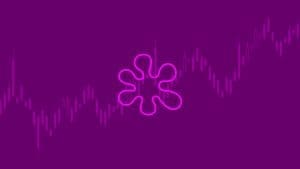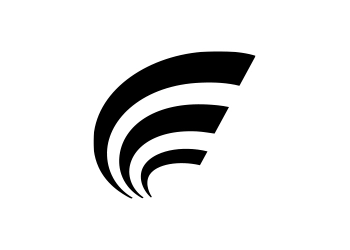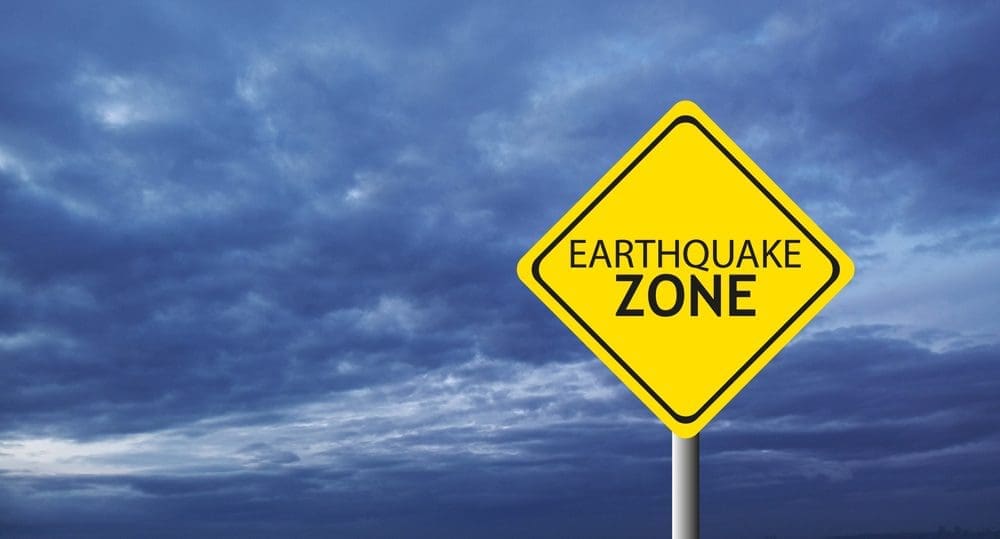
Since modern seismographs began recording in the early 20th century, only a handful of earthquakes have ever reached magnitude 8.6 or higher, including yesterday’s massive earthquake off Russia’s east cost.
Counting down from the “smallest” of those to the record‑setting Valdivia quake in 1960, here are the ten largest earthquakes on record, and where yesterday’s ranks.
No. 10 Indian Ocean, Indonesia (2012)
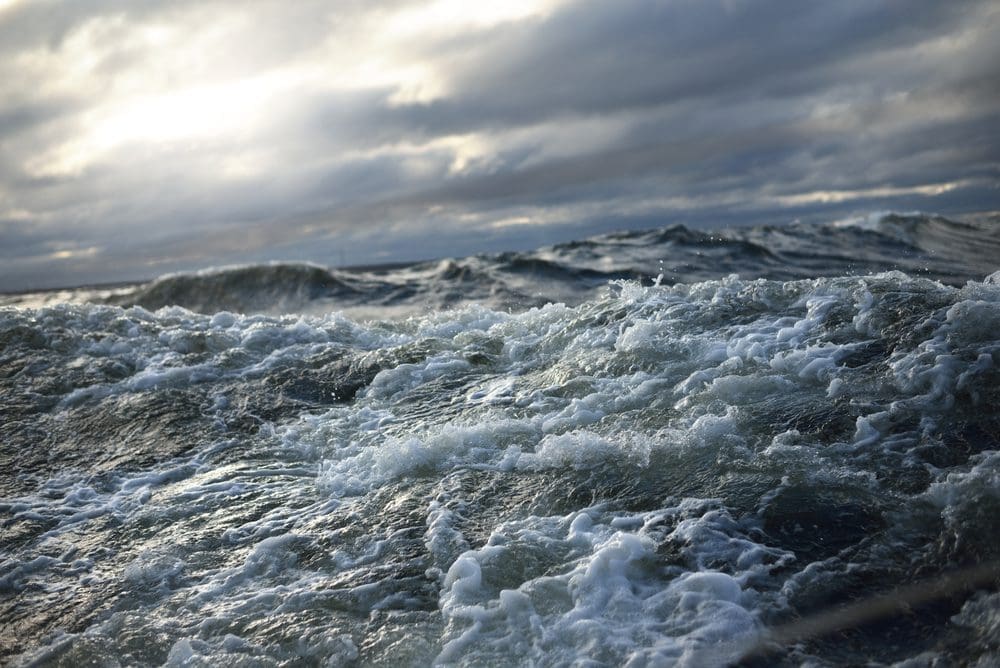
- Magnitude: 8.6 Mw
- Date: April 11, 2012
The biggest strike‑slip quake ever observed ruptured two perpendicular faults off Aceh. Because the crust moved sideways rather than up or down, the tsunami was modest but shaking was felt as far away as India and triggered region‑wide alerts.
No. 9 Rat Islands, Alaska (1964)

- Magnitude: 8.7 Mw
- Date: February 4, 1965
This great Aleutian megathrust displaced the seafloor along 600 km of trench, spawning an 11‑m (35‑ft) local tsunami that rippled across the Pacific yet caused little damage thanks to the islands’ remoteness.
No. 8 Kamchatka Peninsula, Russia (2025)

- Magnitude: 8.8 Mw
- Date: July 29, 2025
The recent subduction‑zone rupture off Russia’s east coast jolted the Kuril‑Kamchatka trench for nearly three minutes, damaged ports in Severo‑Kurilsk, and prompted tsunami advisories as far away as California.
No. 7 Ecuador–Colombia (1906)
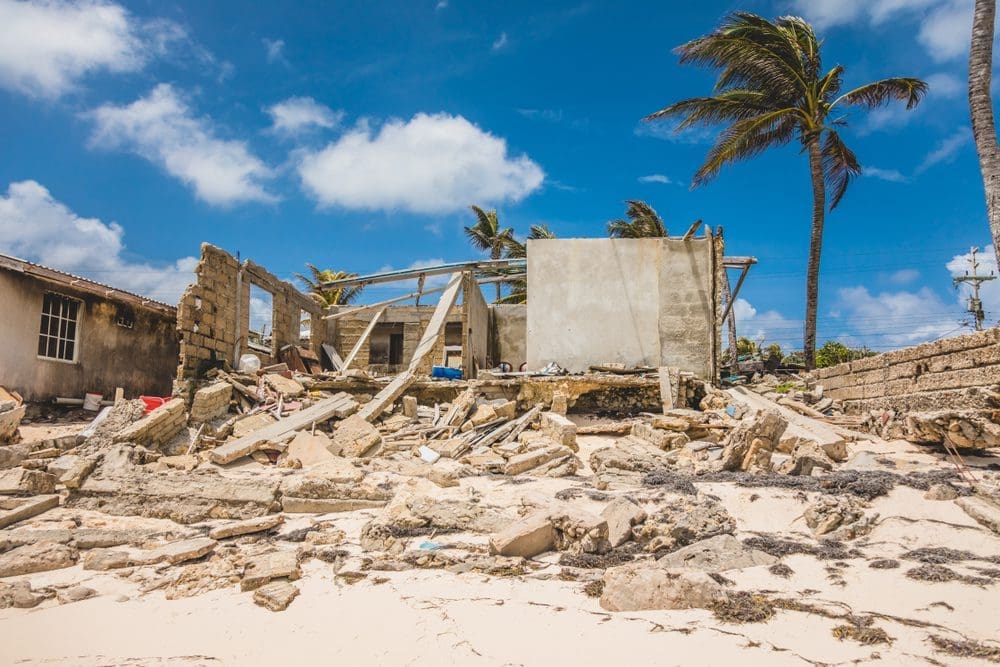
- Magnitude: 8.8 Mw
- Date: January 31, 1906
One of the first truly global seismic recordings, this 500‑km rupture produced a Pacific‑wide tsunami that killed about 1,500 people and was measured on tide gauges from Japan to San Francisco.
No. 6 Maule, Chile (2010)
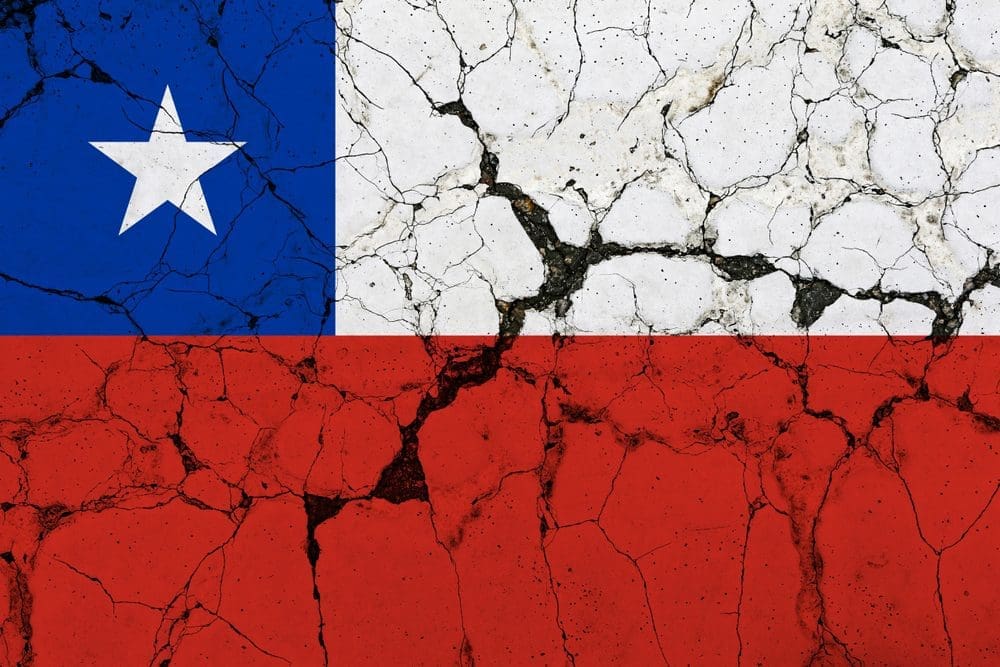
- Magnitude: 8.8 Mw
- Date: February 27, 2010
Chile’s second‑strongest quake in recorded history shifted Concepción three metres west, generated a destructive local tsunami, and caused more than 500 deaths plus an estimated $30 billion in losses.
No. 5 Kamchatka, Russia (1952)
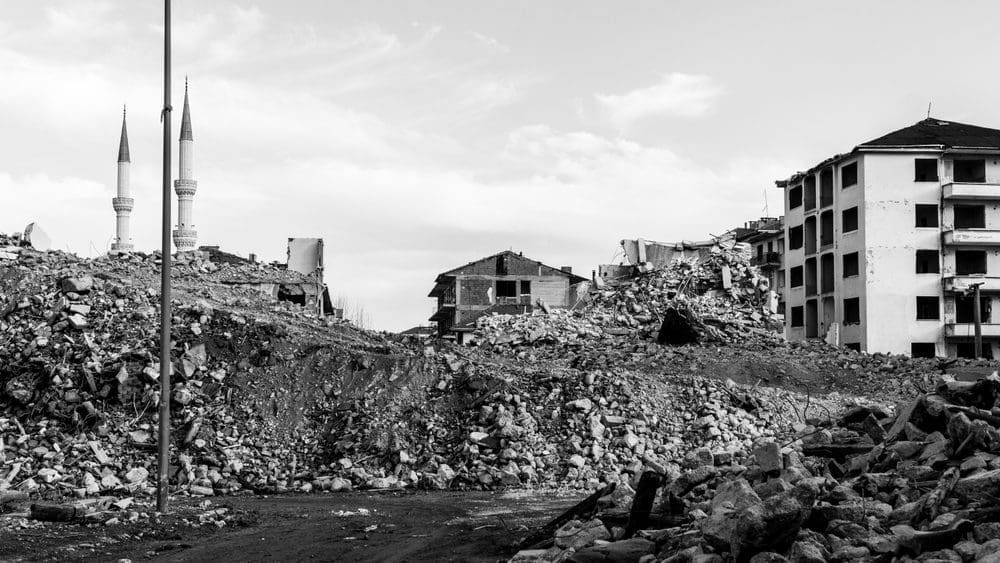
- Magnitude: 9.0 Mw
- Date: November 4, 1952
The first instrumentally measured magnitude‑9 event tore through the Kuril‑Kamchatka subduction zone and sent a tsunami across the Pacific, damaging shorelines in Hawaii and California.
No. 4 Tōhoku, Japan (2011)
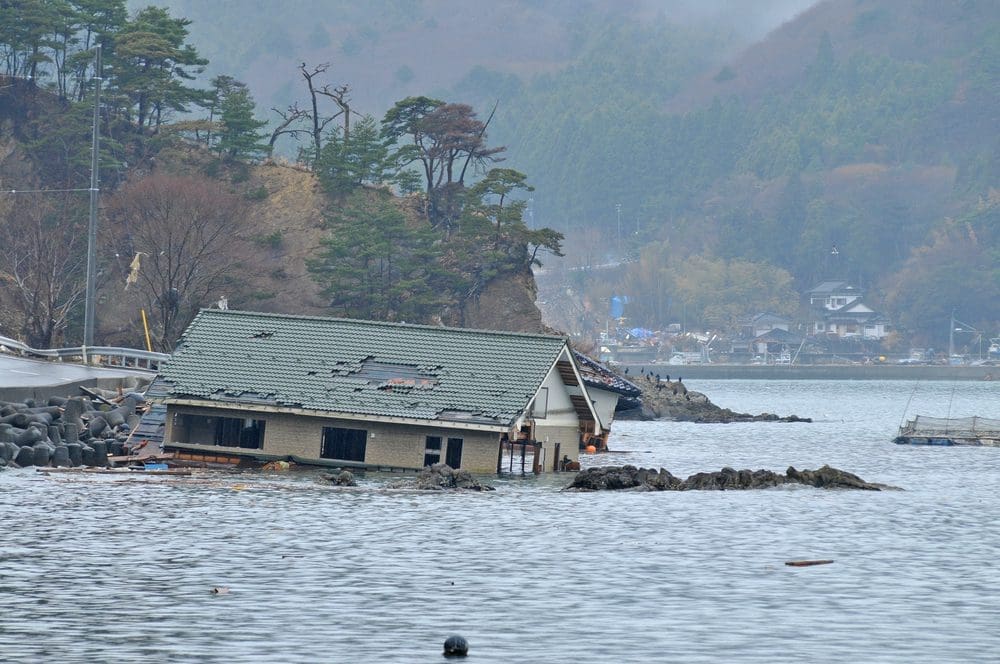
- Magnitude: 9.1 Mw
- Date: March 11, 2011
Japan’s strongest quake on record triggered a 40‑meter tsunami, killed more than 18,000 people, inundated the Fukushima Daiichi plant, and became the costliest natural disaster in history.
No. 3 Sumatra–Andaman, Indian Ocean (2004)
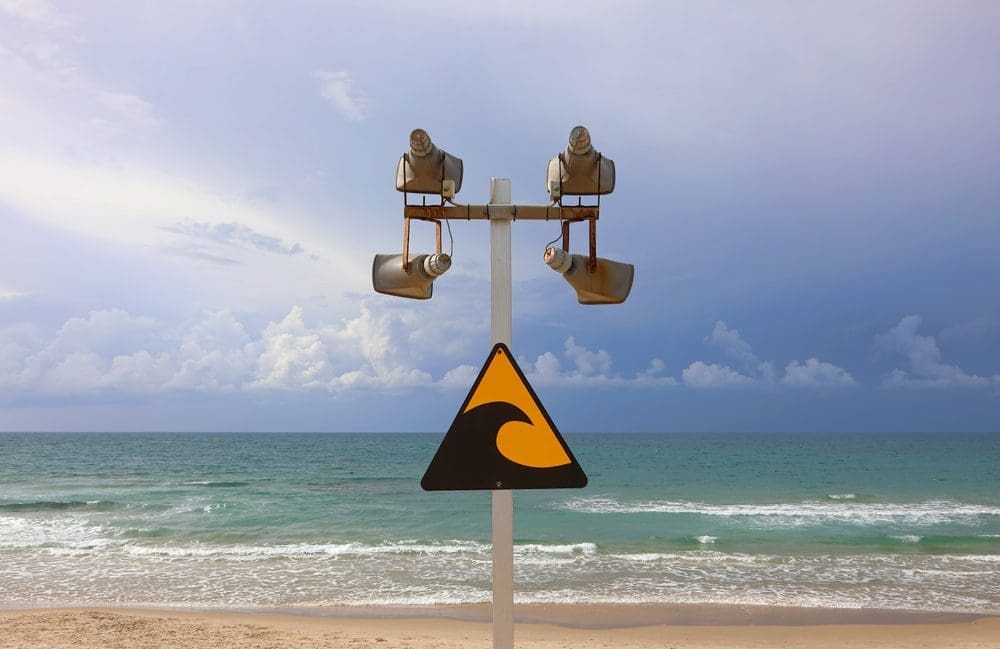
- Magnitude: 9.1 Mw
- Date: December 26, 2004
The 1,300‑km rupture of the Sunda megathrust unleashed a catastrophic tsunami that struck 14 countries and killed roughly 230,000 people, prompting the creation of the Indian Ocean Tsunami Warning System.
No. 2 Prince William Sound, Alaska (1964)
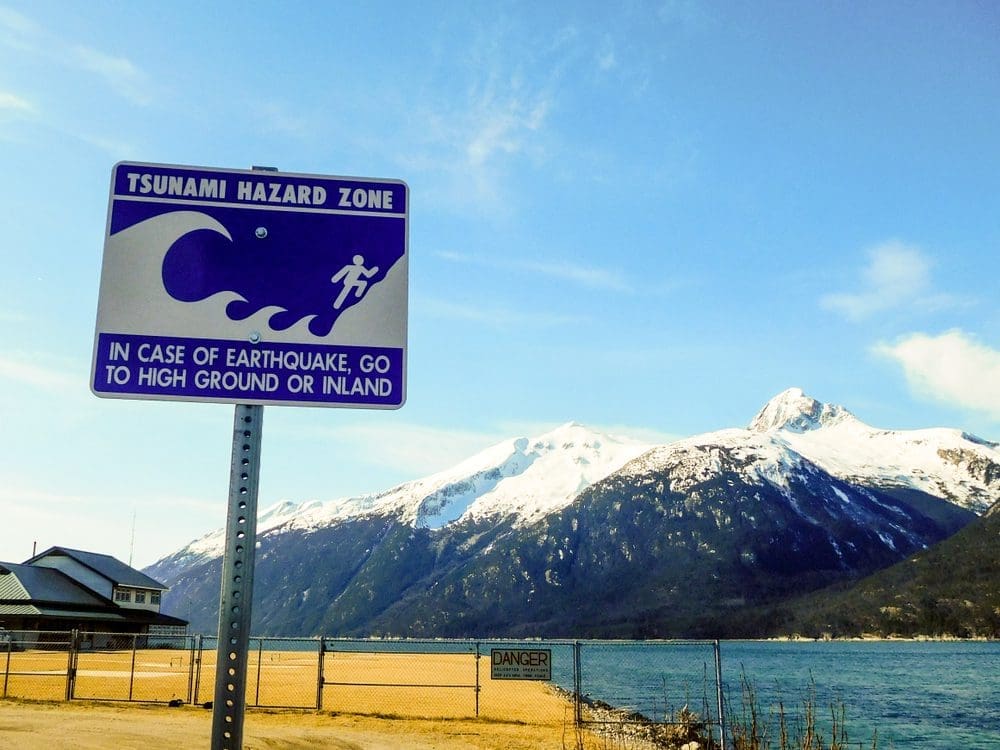
- Magnitude: 9.2 Mw
- Date: March 27, 1964
The four‑minute Good Friday quake lifted parts of coastal Alaska by nine metres, sent tsunamis up to 67 meters high in nearby bays, and caused destructive waves as far away as Crescent City, California.
No. 1 Valdivia, Chile (1960)
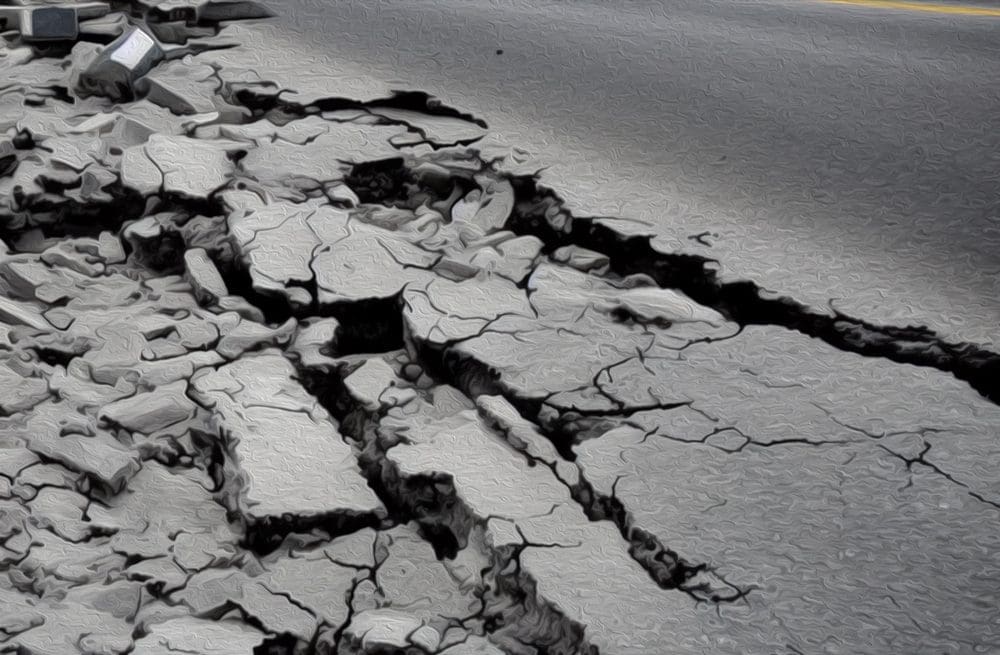
- Magnitude: 9.5 Mw
- Date: May 22, 1960
The most powerful earthquake ever recorded ruptured nearly 1,000 km of the Chilean trench, triggered massive landslides, a Pacific‑wide tsunami, and even a volcanic eruption, leaving more than 1,600 dead and reshaping Chile’s coastline.









